Highly pathogenic avian influenza in wild birds in the United Kingdom in 2022: impacts, planning for future outbreaks, and conservation and research priorities.
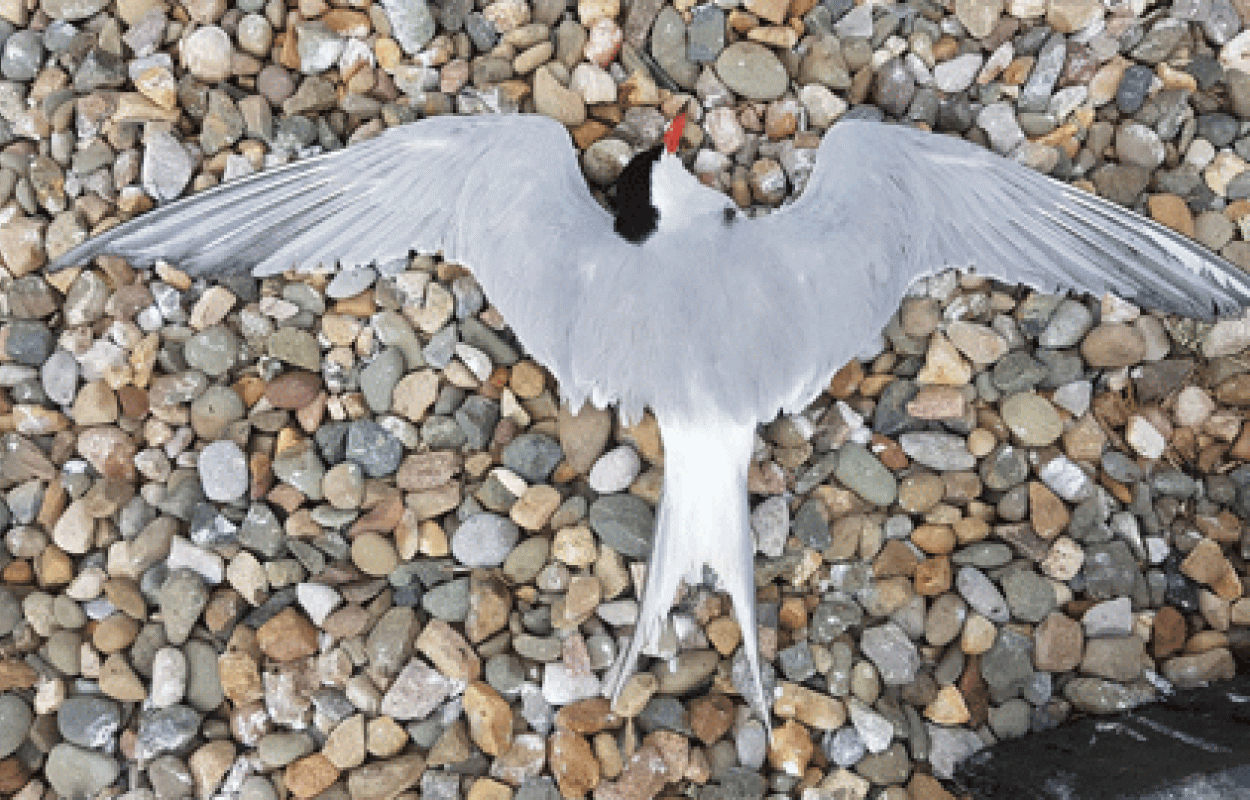
Author(s): Pearce-Higgins, J.W., Humphreys, E.M., Burton, N.H.K., Atkinson, P.W., Pollock, C., Clewley, G.D., Johnston, D.T., O’Hanlon, N.J., Balmer, D.E., Frost, T.M., Harris S.J. & Baker, H.
Published: March 2023 Issue No.: 752
Publisher: British Trust for Ornithology Pages: 92pp
ISBN: 978-1-912642-47-2
Download article 3.87 MB application/pdf
Since October 2021, there has been an unprecedented outbreak of highly pathogenic avian influenza (HPAI) of the subtype H5N1 in wild birds, initially in wintering waterbirds and then in breeding seabirds and other species, including raptors.
Over the course of this ‘emergency’ period, many questions have arisen about how we respond on the ground to local outbreaks, what monitoring we need to support rapid decision-making and long-term impact assessment, our understanding of the transmission of avian influenza in wild bird populations, and how to develop strategic approaches to species recovery.
This report is the outcome of a UK HPAI workshop that was held virtually over two days in November 2022. It was designed to outline what was known about the impacts of this HPAI outbreak on wild birds so far, to develop thinking to support ongoing efforts to manage the outbreak, and to consider longer-term evidence needs to enable positive conservation actions and species recovery.
The UK workshop on wild birds sought to bring practitioners and experts together to:
- Identify whether there are any short- or medium-term (conservation) management interventions that could be beneficial;
- Consider whether there are novel longer-term management interventions that could be prioritised to address HPAI impacts and increase population resilience in impacted species;
- Share experiences in collecting data on mortality in different species groups and consider what future mortality monitoring could look like;
- Discuss what developments would be beneficial for UK bird monitoring schemes for improving understanding of impacts, including demographic parameters, and identify where these schemes are unlikely to meet these needs;
- Assess the impact of loss of data, resulting from restrictions to field work in 2022, from national monitoring schemes and research on species assessments, indicators, and marine management;
- Outline what new research areas could help us understand the effects of HPAI on populations, improve risk assessments, and how it could improve management for species conservation and recovery in future.

Monitoring the impacts of a deadly outbreak
With your support, we can help devastated bird populations recover.
Donate to the Avian Influenza Appeal today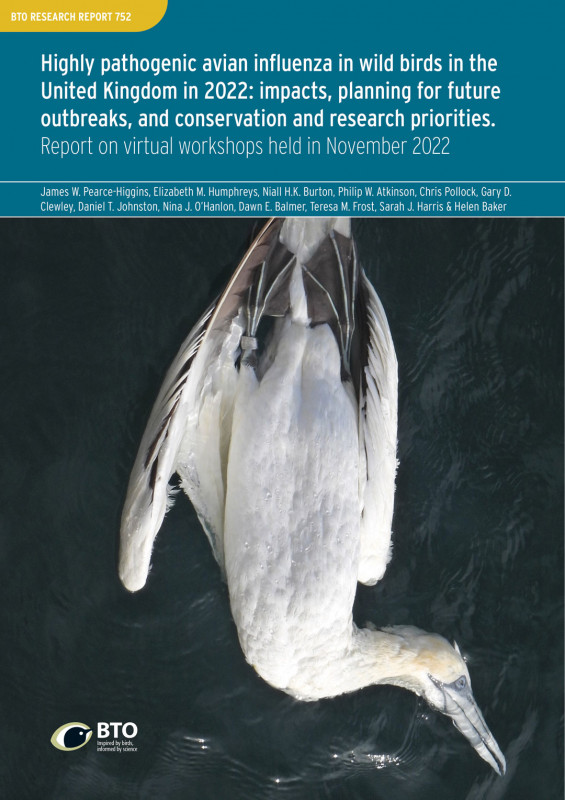











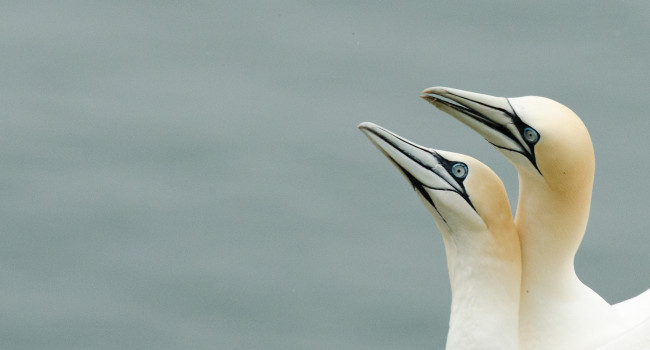
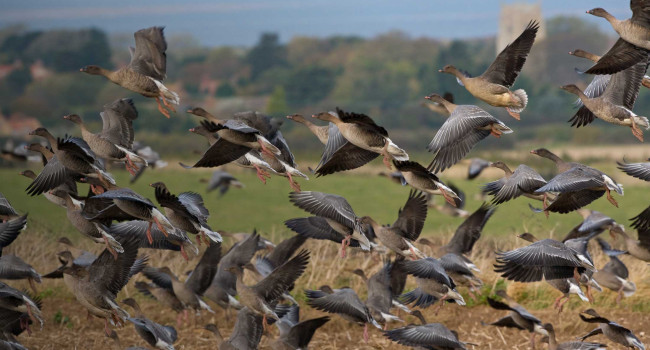
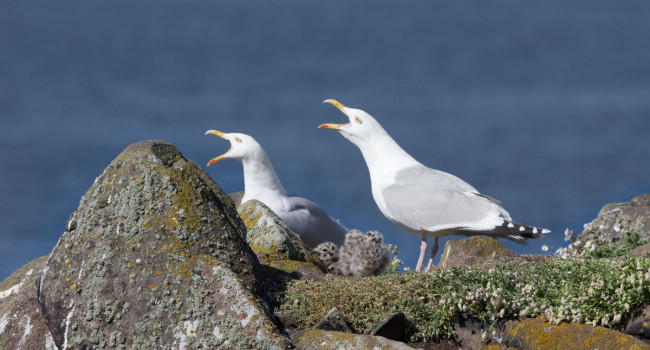

Share this page